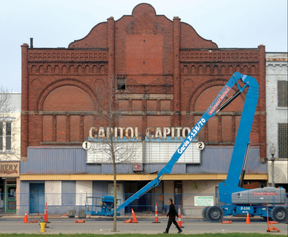‘Pure’ Landscape Images Compared to Such as the Human Aspect
Table of Contents
![]()
1 of the causes we pursue landscape photography is to link with nature. Quite a few photographers cite calmness, a perception of peace, and inspiration when they are surrounded by breathtaking surroundings. I am 1 of them. Regretably, it is progressively typical that the encounter is modified by some human-made component.
After all, our impression on the landscape is universal. For most of us, the traces of human activity are distracting and typically unwelcome in our photos. Some photographers, having said that, incorporate the human component in their frames as part of the landscape.
The results frequently shock and amuse.
It was landscape pictures that began my photographic journey much more than two many years in the past. A six-thirty day period medical center stay in the intensive care unit and a subsequent kidney transplant led to a long restoration in the course of which time my speak to with nature performed a essential function.
The forest and mountain environments, especially, gave me a great deal-desired psychological reduction and speeded up my bodily restoration. My desire in landscape pictures just flowed in a natural way from that. It manifested alone in intensive travels across North America to photograph the landscape. In time, my desire shifted to journey and modern day photography as I began to involve the human ingredient in my photographs. Right after several years of capturing landscapes and traveling, my curiosity adjusted once yet again to creative avenue and travel photography, which I loved for quite a few decades. Who understood that right after quite a few a long time I would near the circle and occur back to landscape pictures?
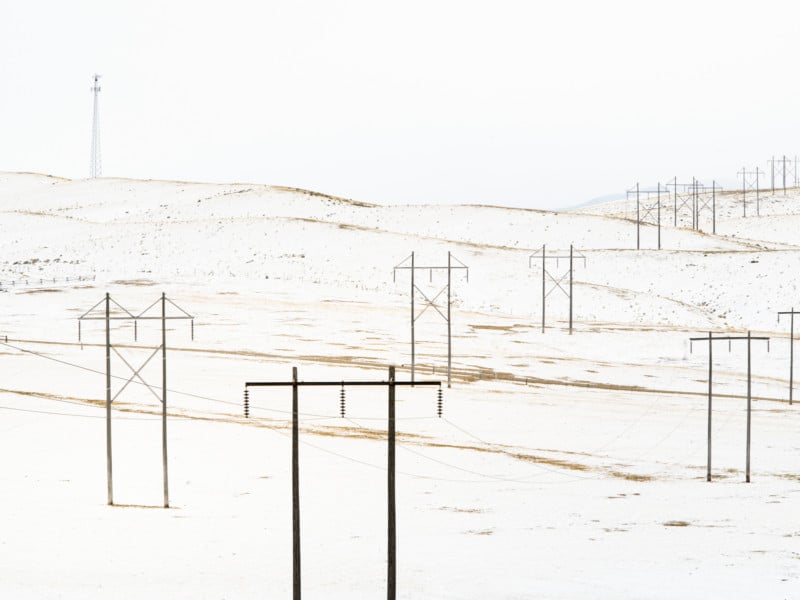
With my predisposition for visible exploration and on learning the operates of Ned Pratt, Edward Burtynsky, Jan Töve, and Chuck Kimmerle, to name a couple of, I grew to become fascinated with up to date landscape photography or landscape which involves traces of human action. It might be Edward Burtynsky’s impression of a large copper mine or the delicate and fragile image of a straightforward signpost embedded in the winter season landscape as witnessed and crafted by Jan Töve.
It is occasionally pretty a struggle to outline this challenging subset of landscape pictures. In an job interview for the Medium Format Journal, Ned Pratt explained it this way:
“By the dregs, I necessarily mean the subjects that other folks leave guiding or do not get critically — the areas wherever natural beauty is located only just after lengthy consideration and observation, even though disregarding the evident. They are the topics remaining when most other combinations of aspects in the landscape have been set with each other by others nearly the scraps of observation.” In straightforward phrases, it could be a lone telegraph pole, an unfinished street, or a fluttering paper in the middle of the road.
David Zimmerman delivers the adhering to:
“The images from the operate ‘Vestiges’ are not about deformations of the picturesque. Instead, they are illustrations of human activity that are much more appealing, fewer-than-monotonous, and sometimes quizzical initiatives, aspirations, and constructions in the locations we reside. Knowing their impermanence, we could then check out these anonymous deserted constructions and traces of our presence in a extra informed and compelling framework.”
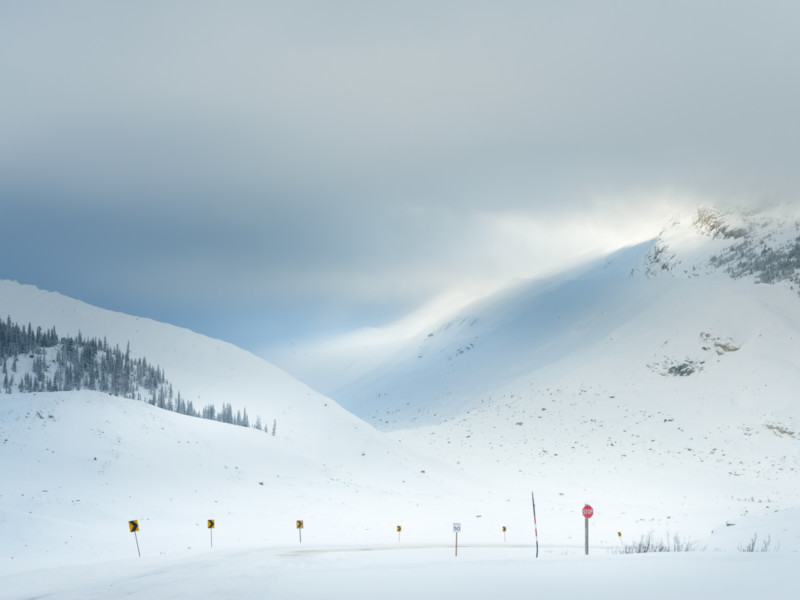
In fact, some of the operate of Chuck Kimmerle, whose in-depth interview you can uncover in this issue shows this kind of up to date landscape images. An instance is the impression of a hill composed of employed auto tires or a landscape broken up by an abandoned kite.
“A Garbage Can, Often, Can Be Beautiful”
These more factors, which go well past a usual landscape, provide a photographer unconventional means to formulate visual narrative — an extra tool in the common compositional arsenal. While a traditional landscape picture typically includes natural and organic and normal factors, adding human-manufactured things this sort of as a rubbish can or a power pole introduces pressure and an element of shock.
Of study course, the first reaction to the inclusion may possibly be negative since the scene loses its pure and normal DNA — a valid place for sure. Soon after all, it is a visual trade-off. What is the reward? The clever placement of what appears to be an out-of-spot merchandise may possibly increase the first response and have interaction the viewer who would or else dismiss the impression. It results in visible rigidity. The unforeseen attracts your focus.
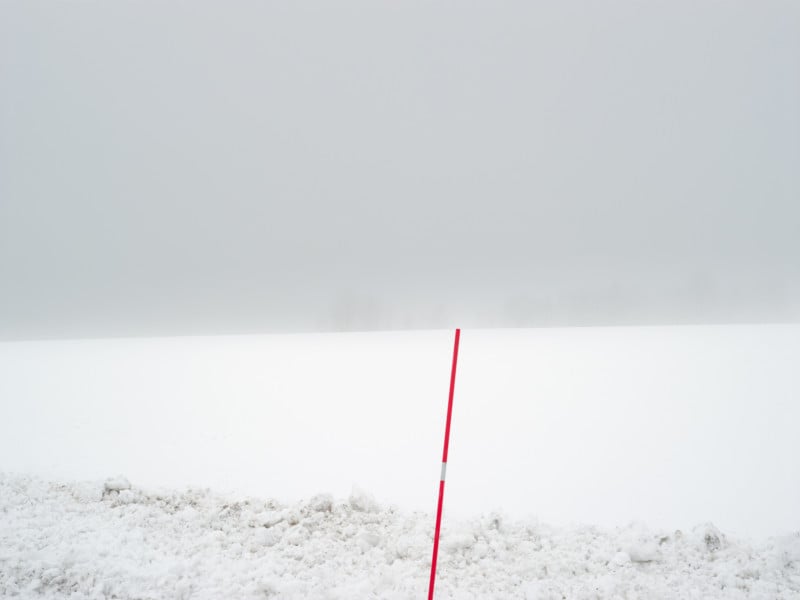
An exceptional quotation by Walker Evans will come to mind:
“A garbage can, once in a while, to me at least, can be attractive. That’s because you’re observing. Some persons are capable to see that — see it and experience it. I lean towards the enchantment, the visual energy, of the aesthetically rejected topic.”
The word “rejection” is the essential. As a person who has examined and taught the craft of images, I observed that around-commitment to a specific genre prevented a lot of of my learners from taking visual threats. Modern day landscape images requires a photographer to see outside of purely natural landscape and continuously search for aspects that may not belong, at minimum at to start with sight.
It is not that this solution is devoid of risk. I find that like a human-built factor in an in any other case pristine landscape, far more normally than not, simply just does not function. The most typical lure is to incorporate the component but only later obtain it not only does not fit the composition, but it destroys it. Hence, finding a visual link concerning the organic landscape and human-created element is just one of the greatest difficulties in this variety of photography.
Balancing the Visual Connection
In this article are a couple strategies to look at:
- Don’t discriminate involving the aspects just before you. If it is a highway indication or a bench, really do not dismiss it mechanically even if it is not a normal factor.
- Look for a narrative relationship. Could an unfinished road or abandoned kite crack the visible pattern and trigger a dialogue? Feel in terms of visual shock.
- Glance for a visible url involving added aspects and the organic environment. There may well not be a narrative relationship, but a visible hyperlink. For case in point, the shape of an item could complement your composition.
- Interchange amongst black/white and color possibilities may possibly be helpful if the original composition doesn’t work.
- Last but not least, look at the educational influence of photography. Edward Burtynsky’s pictures have activated genuine and considerate conversation about our impact on the earth.
Even if you emphasis only on regular landscape photography, I assume that such as some human-created elements in your frame could be a fantastic visual work out. Of program, we are often navigating on the edge of landscape pictures and confront the threat of overdoing it. Even so, I believe that having a threat is worthwhile. The spectacular function by quite a few artists introduced in this write-up and in other difficulties of the Factors Journal is the finest evidence of it.
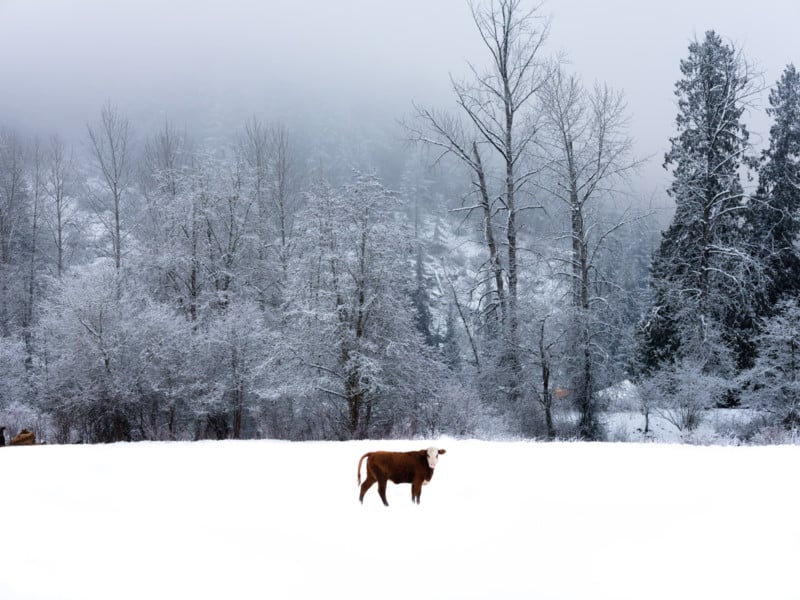
The posting is courtesy of Components Magazine. ELEMENTS is the monthly magazine dedicated to the best landscape images, insightful editorials and fluid, clean up structure. Inside of you will locate special and in-depth posts and imagery by the greatest landscape photographers in the earth such as Charles Cramer, Edward Burtynsky, Michael Kenna, Erin Babnik, Chuck Kimmerle, Rachael Talibart, Hans Strand and John Sexton, Theo Bosboom to identify a several. Use the PETAPIXEL10 code for a 10% price reduction off the once-a-year membership.
About the author: Olaf Sztaba is a founder and editor-in-chief of the Medium Structure Magazine and co-founder of the Things Journal. Olaf spends most of his time curating, producing and photographing in the industry, normally discovering fewer-travelled roads. He is a sought-immediately after speaker and educator.
Picture credits: Header picture — Untitled (tires), courtesy of David Zimmerman.





